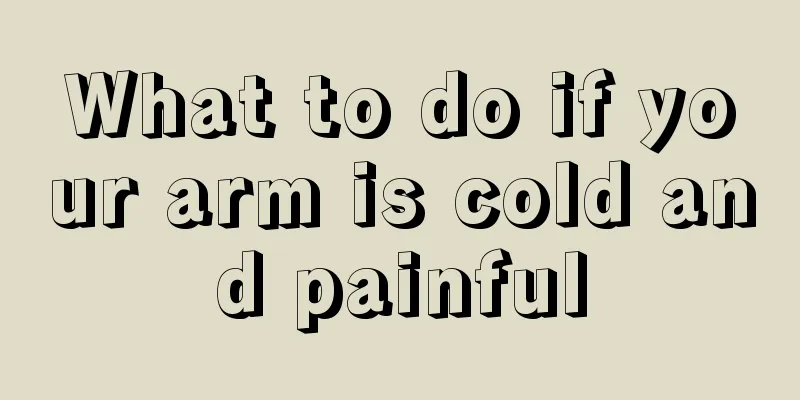How to treat spinal stenosis?

|
Spinal problems always concern millions of people, because spinal problems are very common in life, but they have a great impact on the patients' lives and can have a great impact on patients. For example, spinal stenosis is a very influential spinal disease, which is extremely painful for patients. This disease has the greatest impact on the body's nerves and can cause various neurological problems in patients. Let’s take a look at how to treat spinal stenosis. Spinal stenosis is a type of disease caused by various reasons that lead to shortening of the spinal canal diameters, compression of the dura mater sac, spinal cord or nerve roots, leading to a series of neurological dysfunctions such as pain, numbness, limb weakness, lameness, and urinary and bowel disorders. Spinal stenosis is divided into cervical spinal stenosis, thoracic spinal stenosis and lumbar spinal stenosis according to the location of the stenosis. Based on the cause, it is mainly divided into congenital spinal stenosis and acquired spinal stenosis. Surgical treatment: (1) Cervical spinal stenosis ① Anterior approach surgery: such as anterior cervical corpectomy with titanium cage placement, anterior cervical disc removal and intervertebral spinal canal decompression. ②Posterior approach surgery: minimally invasive posterior cervical disc decompression surgery, posterior cervical microscopic decompression and fusion surgery, and posterior cervical laminoplasty. (2) Thoracic spinal stenosis: 360° circular decompression via the posterior approach and titanium cage placement via lateral thoracic corpectomy and spinal canal decompression. (3) Lumbar spinal stenosis ① Anterior and lateral approaches: anterior lumbar interbody fusion, vertical lateral spinal canal decompression interbody fusion, extreme lateral spinal canal decompression interbody fusion. ② Posterior approach surgery: percutaneous minimally invasive transforaminal endoscopic spinal decompression, percutaneous minimally invasive posterior decompression and pedicle screw fixation, transdiscectomy lumbar spinal decompression, posterior lumbar transforaminal decompression and vertebral fusion, posterolateral lumbar decompression and fusion, posterior lumbar lumbar intervertebral fusion. Postoperative precautions (1) After surgery, the patient should wear a neck brace and waist guard for 4-6 weeks. When turning over, the spine should be kept as one and the patient should turn over in the axial position. Avoid excessive movement that may loosen the implant. (2) After surgery, strengthen limb activities to prevent nerve root adhesion and recurrence of pain. (3) Closely observe the movement of the limbs and the improvement of paresthesia. If the patient experiences worsening lower limb pain, hormone and neurotrophic treatments may be used. Limb pain can be treated with nonsteroidal anti-inflammatory drugs. |
<<: What should I do if dizziness is caused by the spine?
>>: What are the side effects of spinal anesthesia?
Recommend
What are the treatments for stones?
Stones may occur in anyone's body, especially...
What is the best treatment for glioma
Glioma is a malignant tumor of the brain. Once a ...
How much does it cost to treat advanced gallbladder cancer
Gallbladder cancer is a malignant tumor disease t...
Traumatic optic neuropathy has such clinical manifestations
Traumatic optic neuropathy is a common disease th...
About the nursing measures for patients with lymphoma
For lymphoma patients, they not only need hospita...
Will heat stroke cause numbness in hands and feet?
In the summer, the temperature is high and many p...
What to do if your tongue becomes numb after eating pineapple
We all know that eating some fruits regularly wil...
What are the specific causes of prostate cancer
The emergence of prostate cancer hurts the self-e...
Will wearing glasses make my eyes smaller?
Nowadays, more and more people are beginning to e...
What causes nausea and drooling?
Saliva is a liquid secreted by the mouth. It has ...
Brisk walking can improve sexual function
Brisk walking not only helps with weight loss, bu...
Pain in chest and back
When people are healthy, they don't cherish t...
Why does my mind feel foggy and unclear every day?
Our current pace of life is very fast. In a fast-...
Basic examination of osteosarcoma
Osteosarcoma is a malignant tumor with a high mor...
How to treat temporomandibular joint pain
Temporomandibular joint pain may be related to ma...









